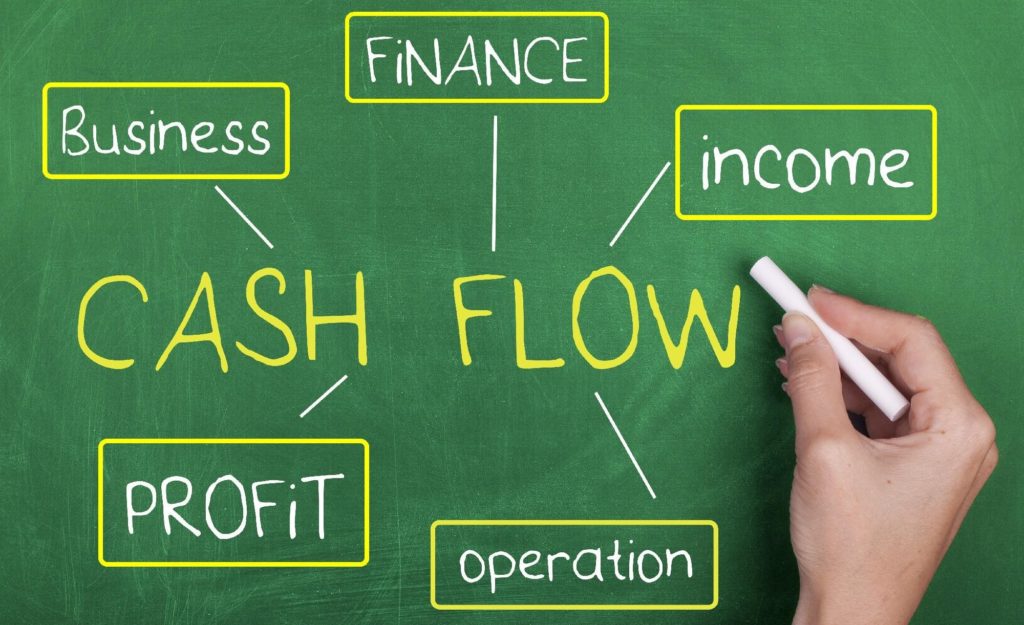Starting a business is no easy task. It takes nerves, determination and resilience that only entrepreneurs who have gone through it will understand. The journey from having a business idea to seeing your product or service being available to buy can span months, even years. In this time, there are a number of milestones that will signal positive growth for small businesses.

If you have a small business or are thinking about starting one, check your growth against these five stages.
Stage 1: Having a viable business model
The first growth milestone for small businesses is developing a viable and sustainable business model. Before you do anything else, you must ensure you validate your product or service. You must look at your target audience and the problems they are facing, and ask yourself “can I provide a good enough solution?” “Is my product going to improve their life?”
This is not a one-size-fits all approach; businesses have different target audiences with contrasting needs and pain points, and market validation means different things to different businesses. But, you can do in-depth research on your audience and competitors and gather sufficient data to prove that you have the solution to their problem.
From there, something you must also consider is whether your business has the capacity to expand beyond its main product or service. Can you sustain your sales base and also reach a broader audience?
Many new businesses – from restaurants to retail stores – cannot sustain their customer base past the startup phase, and once their capital runs out they are left with no choice but to sell the business. So, do you have the adequate financial backing to stabilize your business? And, importantly, do you have the time and energy to invest in it?
Stage 2: Gaining a positive market response
After conducting market research, the second growth milestone is how your business is received on the market, and how long it can survive.
Testing and achieving market validation can take many forms. One of the most practical is creating a paid search campaign accompanied by an effective landing page to gauge the flow of traffic and audience interest.
Your customers are the livelihood of your business, and without them you don’t have a business at all. It is normal to struggle attracting customers when you are a new business, but don’t stop experimenting, researching and pushing.
The most exciting moment comes when you earn your first paying customer – whether it’s a friend or family member, or somebody you have reached through testing your market validation. This symbolises that your product or service is of value to other people, which is incredibly motivating.
Stage 3: Achieving and maintaining a positive cash flow

Now you know that your business can exist on the market and has a satisfied, paying customer base. However, the next step is harder: survival, where the financial status of the business has the ability to make or break it. Can you generate enough sales to break even? Are you able to cover operational costs and replace your capital assets?
Answering “yes” to the above is one thing, but where success lies is whether you can generate enough sales to grow and get a return on your business.
Sustaining cash flow is one of the hardest parts for a new business. It’s complex and requires intuition and adaptability to handle whatever is thrown your way. For example, your product may take off, but without the adequate cash flow you will be unable to sustain an influx of orders. This scenario would cause your business to go from hero to zero very quickly.
Sustaining your cash flow is cause for celebration. If you can do this, you can stay in business.
Stage 4: Implementing a scalable marketing strategy
Stage 4 of business growth is about implementing an effective marketing strategy. Without one, your business won’t reach beyond the people you know, and your business will become stale and will falter.
Therefore, you must market your business to the people don’t know you, and the best way to do this is through running a paid ad campaign.
A scalable marketing strategy is where you see a return on your campaigns, over and over again. You should be able to amplify the output without amplifying the financial input.
It may take time and experimentation to hone a marketing strategy that yields results, but with consistency and perseverance your business will continue to grow long-term.
Stage 5: Sustaining business growth
The fifth and final stage of business growth is when your business is succeeding by showing you high returns. This is a huge milestone for new businesses, and is worthy of celebration.
However, this is not a time to take your foot off the pedal, as complacence at this stage will curtail your business results and cause your good fortune to become short-lived.
Fast business growth can have a negative impact on your operations, so you must stay on-top of all areas of your business. Are your employees supported and staying long-term? Are you hiring quality people, or are you hiring too hastily to fulfill business growth? Are the managers able to handle a growing business – both operationally and strategically – and know how to effectively delegate amongst a team?
If you can withstand the challenges and are smart with operation and strategy decisions, whilst preserving the spirit of still being a new business trying to get its legs, you will have a thriving business that will stand up against competitors in the market.
Conclusion
Reaching these 5 stages will indicate that your business is growing. The key: never stop learning, experiment, utilise paid ad campaigns and manage in-house operations. Do all this with a great attitude, and your business will experience great success.
[Note: this post was published in 2018 and has been updated]
Craig Evans is Founder and Author of Curious Vision
